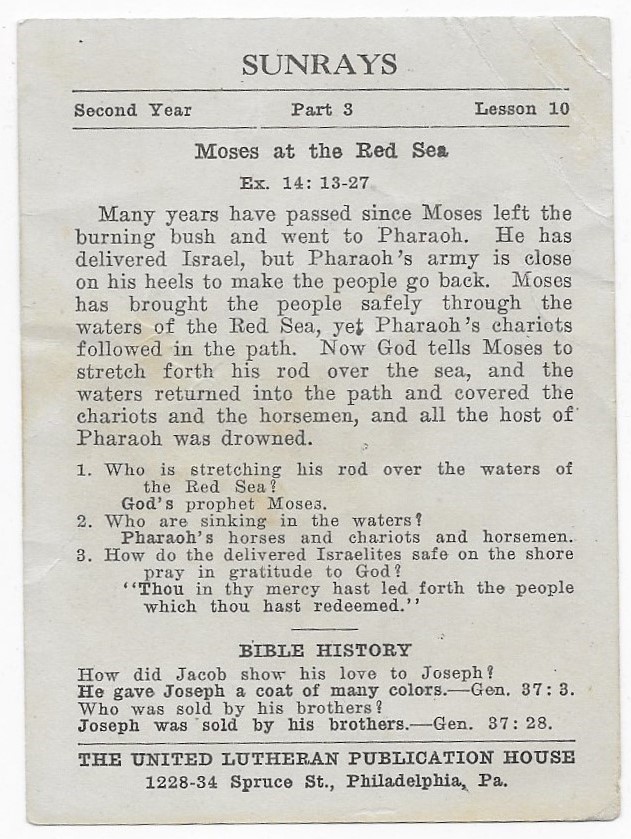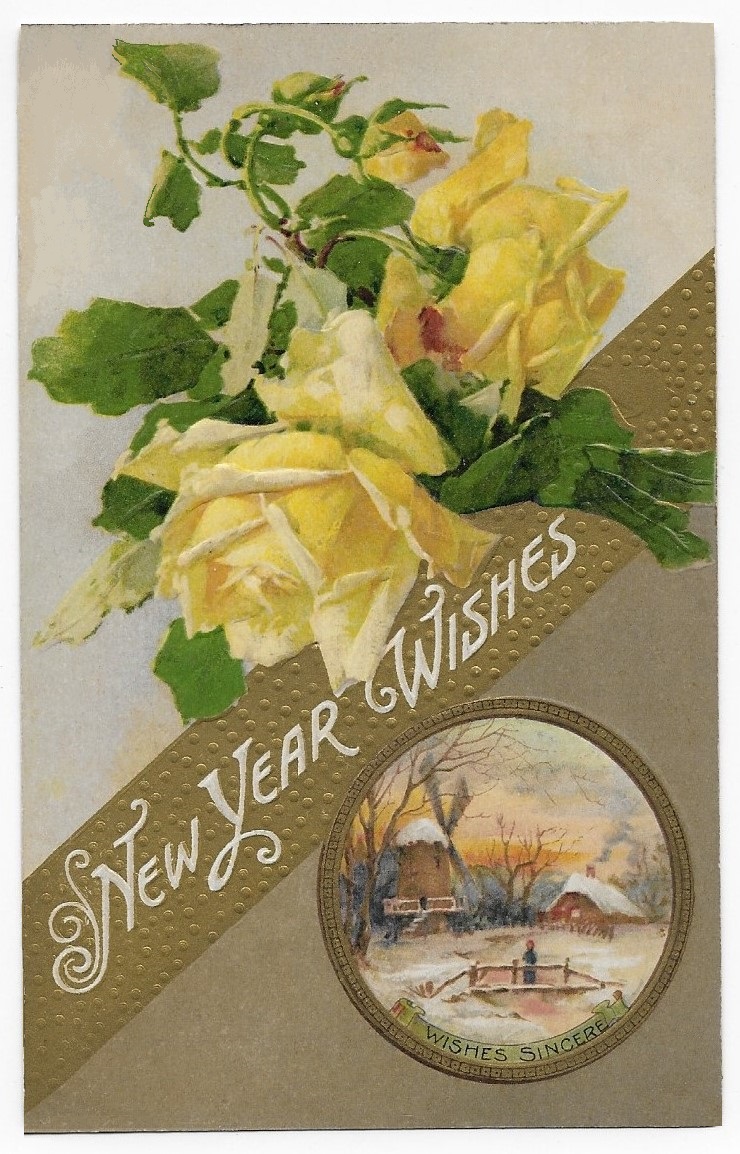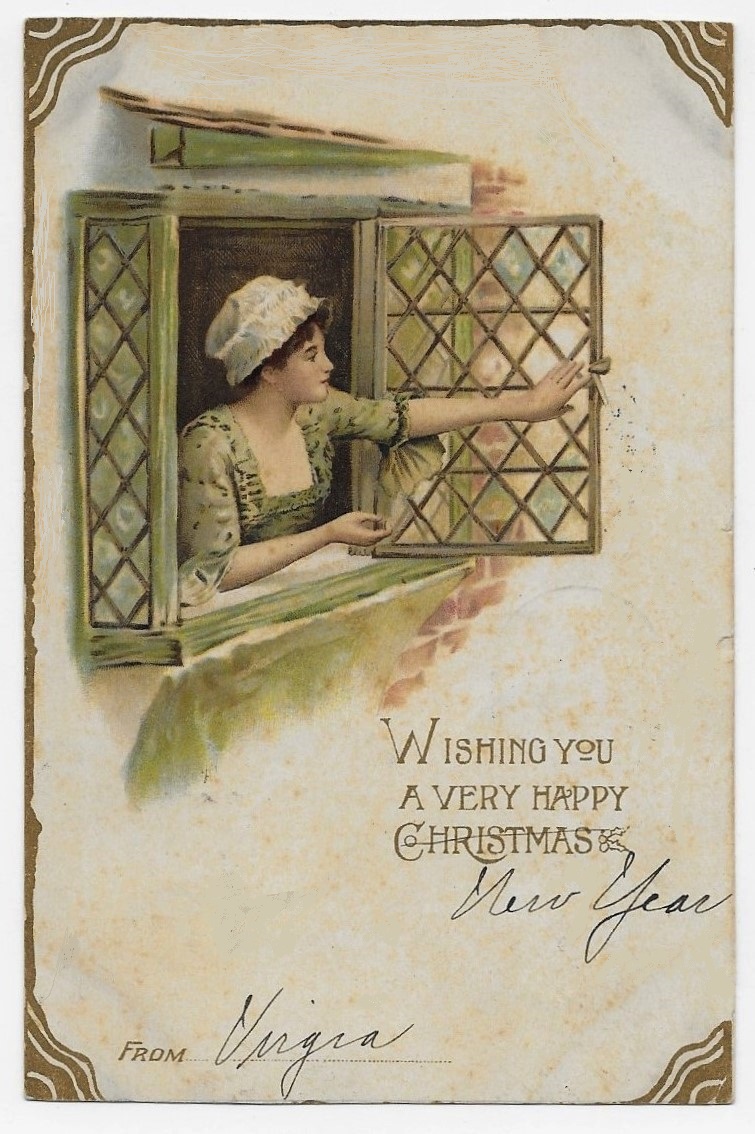The Book of Exodus recounts the thrilling story of Moses leading the children of Israel out of bondage.
https://en.wikipedia.org/wiki/The_Exodus
The series of plagues which fell from Heaven had so shaken the Pharaoh that he reluctantly permitted the whole population of Israelites to leave.
As the exodus began, however, the tyrant changed his mind.
Pursued by Pharaoh’s army, Moses and the people were trapped before the Red Sea.
God told the prophet to lift up his hand and stretch forth his rod, and God created a path of escape through the waters.
When the company had passed, and Pharaoh’s chariots were near, God commanded Moses to stretch forth his rod once more.
Now, the waters returned and the pursuing army was destroyed.
This miraculous escape from tyranny to freedom, from exile to home, is fundamental to the faith of Jews and of Christians.
For centuries, Jews have re-told the story of their miraculous delivery in prayers and in the celebration of the Seder.
The imagery of this deliverance is also recounted among Christians in Easter hymns and anthems.
One of my favorite Easter anthems is the ode written in the 7th century AD, “Come Ye Faithful, Raise the Strain” – which opens with this verse:
“Come ye faithful, raise the strain of triumphant gladness,
God hath led His Israel into joy from sadness,
Loosed from Pharaoh’s bitter yoke, Jacob’s sons and daughters,
Led them with unmoistened foot through the Red Sea waters.”
https://www.umcdiscipleship.org/resources/history-of-hymns-come-ye-faithful-raise-the-strain
This Sunday School card is not dated, but closely resembles others we have seen from the early years of the 20th century.
It was published by the United Lutheran Publishing House which was located on Spruce Street in Philadelphia.
Like other Sunday School cards, this one has a multi-colored Biblical scene on one side, and a short catechism and Biblical verses on the reverse.
Children collected these cards in great amounts, and it is possible to find many of them in good condition today.





